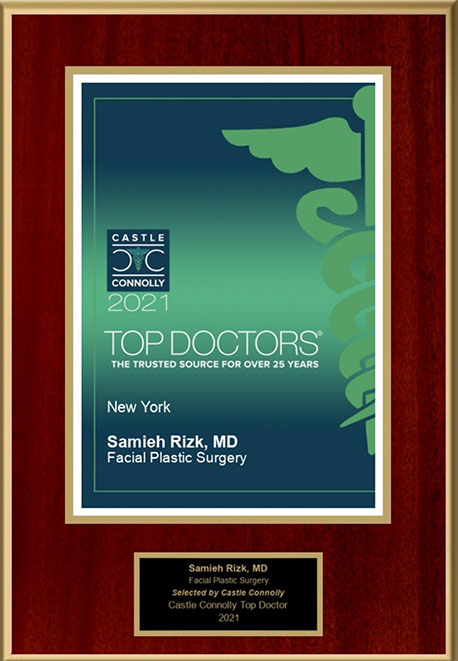Guide to Rhinoplasty Grafts
Grafts are commonly used in rhinoplasty to augment, support or provide shape to the nasal structures. They can be used to achieve a variety of aesthetic and functional goals; for example, they can add height to the nasal bridge, open the nasal airways or re-shape the nasal tip. Learn more in our guide to rhinoplasty grafts.
Overview of rhinoplasty grafts
In rhinoplasty, the term “graft” refers to a procedure in which bone, cartilage or soft tissue is taken from one site on the body for use in the nose. After positioning, ideally the graft will form its own blood supply and become part of the nasal structure where it has been positioned.
Grafting is considered to be a highly complex process, but it can produce excellent results when utilized by a skilled and experienced surgeon. Furthermore, there are many instances where an excellent outcome can only be achieved through the use of an expertly harvested and positioned graft. Accomplished surgeons are able to use nasal grafts to create exactly the outcome they desire when performing certain types of rhinoplasty.

Use of grafts in rhinoplasty
There are many reasons why a plastic surgeon may decide to use a nasal graft in rhinoplasty. Grafts can be used to change the shape or add structure to the nose, improve symmetry, and/or to alter the projection or rotation of the nasal tip. Grafting is frequently used when performing revision rhinoplasty, especially when a previous rhinoplasty has resulted in the loss or deterioration of the nasal framework.
Grafts are generally associated with rhinoplasties in which the nasal framework must be reshaped or rebuilt, but grafts also serve a purpose in rhinoplasties that are performed to reduce or refine the nasal structure. In some cases, it is important to reinforce the nasal structure or add definition in addition to removing bone, cartilage, and/or tissues to reduce the size or shape of the nose. Grafts are particularly important when performing rhinoplasty to address a weak or droopy nasal tip. Without the user of a nasal tip graft, few of these abnormalities could be corrected.
Graft materials
Nasal grafts can be created from cartilage harvested from a number of locations on the patient’s body (autogenous grafts) or from a donor source (homologous grafts). Listed below are the most common harvest sites for nasal grafts used today.
Autogenous septal cartilage
Autogenous septal cartilage, the most commonly used grafting material in primary rhinoplasty, is harvested from the patient’s own nasal septum. This is the preferred material because it is easy to harvest and provides reliable, long-term results.
Autogenous ear cartilage
Auricular cartilage (that taken from the ear) is typically used when there is not a sufficient supply of septal cartilage, as is often the case in revision rhinoplasty. This type of cartilage tends to be softer and thus less desirable in situations calling for more substantial support. Harvesting ear cartilage can also result in a subtle change in the appearance of the patient’s ear, making this type of graft less appealing for some patients. While there are some disadvantages, auricular cartilage is an excellent second choice when septal cartilage is lacking.
Homologous grafts from irradiated rib cartilage
Costal (rib) cartilage may be used when septal and ear cartilages are unavailable or unsuitable to support the revisions being made. Many plastic surgeons prefer to use irradiated rib cartilage from a donor source, typically human cadavers, as it poses less risk to the patient’s health than the use of their own rib cartilage. Autogenous rib cartilage is more likely to warp than donor rib cartilage, and is associated with the risk of donor site morbidity. While the risk is low, it is safer to use donor costal cartilage, which has an extremely low infection rate.
Rib cartilage is a common choice when rhinoplasty is being performed to correct disfigurement due to injury or an overly aggressive primary rhinoplasty as it provides excellent structural support. Rib cartilage tends to be stiffer than ear and septal cartilage and the abundance and quality of this type of cartilage make it a popular choice in nasal grafts.








